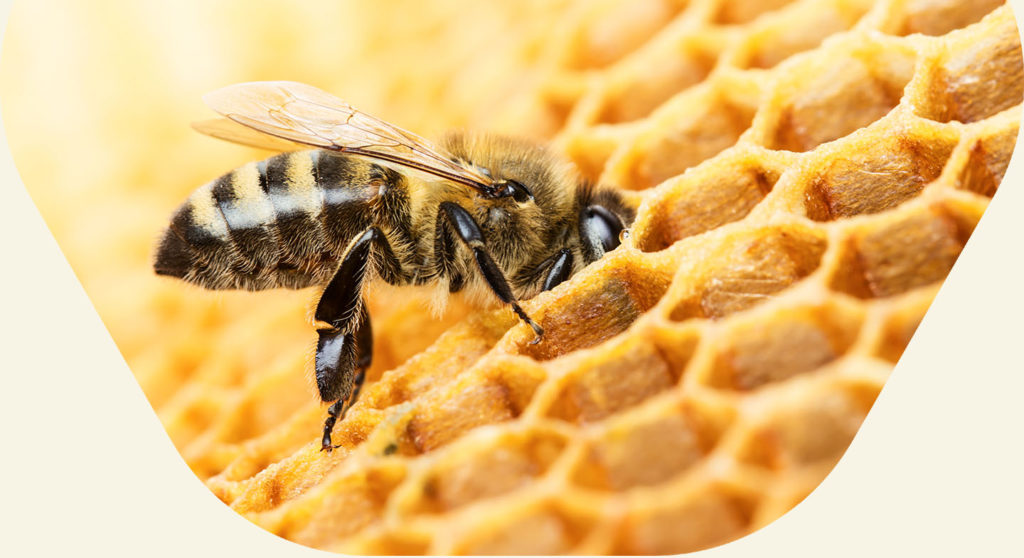Mathieu DOMECQ
Editor-in-chief of the API of the Month and Blog
In November, the beekeeper’s main objective is to ensure the survival of the colonies during the winter. He must ensure that the hives are well protected from cold, humidity and predators, while avoiding unnecessary disturbance.
This month, we’re going to take a look at the precautions to take when opening a hive. It is important to proceed with caution. We will also be interested in the flowering of ivy, which plays an essential role at the end of the season. Finally, we will understand how the beekeeper should prepare his hives for the winter.

Tasks of the month
In November, the bees stay together in the hive, slow down their activity and live on their honey reserves. The beekeeper will discreetly monitor the hives, check their protection against the cold and prepare for the next season. Here is an overview of the main work to be carried out for beekeepers during this month:
Prepare the colony for winter: put up the doors to reduce the entrances if you still haven’t done so. This door limits the pressure of the Asian hornet and the introduction of small mammals during the winter. Also optimize the insulation of the hive by placing an insulating film (Isoruch type) as a frame covering. You can reinforce the insulation on the sides with insulating partitions to replace frames that are almost empty of reserves. Finally, for open floors, place a closing plate under the floor to manage moisture: too much moisture or too much dryness is bad for the cluster. It must be stable and non-condensing.
Feed the colonies: As soon as autumn approaches, we say that we must feed the hives. Yes, but beware of good practices! You can continue to give syrup like Apiinvert as long as the temperatures are above 14°C and the hive is light (otherwise, the bees may store it into the combs). Below 14°C, syrup becomes difficult for bees to process. So we’ll move on to candi like Apifonda.
Remove the Varroa Treatment: If you have had your Varroa treatment this summer with strips like Apivar, now is the time to remove them from the hive. The molecule must act for 6 to 10 weeks. Beyond that, they must be removed from the brood to avoid the mite’s resistance. To do this, the visit is quick. You don’t have to lift the frames of your hive. Remove the straps from the top using your frame lifter.
The melliferous flowers of the month
Abelia, Ceanothus, Sage, Heather, Ivy…


